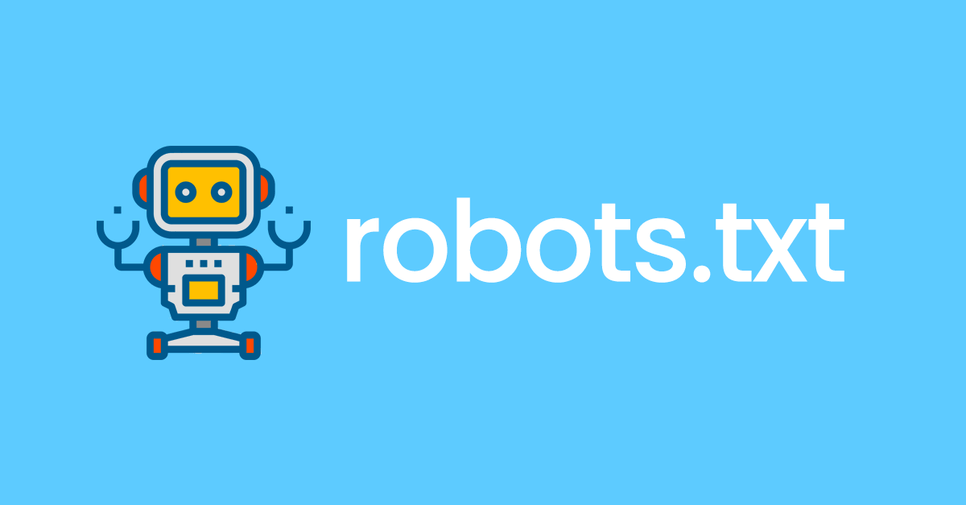Estimated reading time: 3 minutes
A content calendar is an essential tool for any business or individual looking to maintain a consistent and organized content marketing strategy. It helps in planning, creating, and distributing content that aligns with your goals and resonates with your target audience. In this article, we will provide a detailed guide on how to create an effective content calendar.
Define Your Goals and Audience:
Before you start creating your content calendar, it’s crucial to understand your objectives and target audience. What do you want to achieve with your content? Who is your ideal audience? These considerations will guide your content strategy.
Identify Content Topics and Types:
Once you know your goals and audience, brainstorm content topics that are relevant to your niche. Consider various types of content, such as blog posts, videos, infographics, social media posts, and more. Diversifying your content can help you engage a broader audience.
Choose a Content Calendar Tool:
Select a content calendar tool that suits your needs. You can use digital tools like Google Calendar, Trello, or specialized content management software. Alternatively, a physical calendar or spreadsheet can work, but digital tools offer more flexibility.
Create a Content Calendar Template:
Set up a template for your content calendar. This template should include columns for the content title, type, publication date, author, keywords, target audience, and status (e.g., in progress, published). Customizing the template based on your needs is essential.
Plan Content Creation and Publication:
Start by outlining a timeframe for your content calendar. Decide how often you’ll publish content – it could be daily, weekly, or monthly. Schedule content creation and publication dates accordingly, ensuring consistency.
Keyword Research and SEO:
Incorporate keyword research into your content planning. Identify relevant keywords for each piece of content to optimize your articles for search engines and improve their discoverability.
Assign Responsibilities:
If you’re working with a team, assign specific responsibilities for content creation, editing, and publication. Clearly define who is responsible for each task to maintain accountability.
Create Content in Advance:
Whenever possible, create content in advance to ensure a buffer of prepared content. This prevents last-minute rushes and allows for more thorough research and quality control.
Monitor and Update:
Consistently monitor the progress of your content calendar. Keep track of what’s been published, and how it’s performing, and adjust your strategy as needed. Learn from analytics and feedback to refine your content plan.
Stay Flexible:
While a content calendar provides structure, be prepared to adapt when necessary. Current events, trends, and unexpected developments may require changes in your content strategy.
Promote and Distribute:
Plan how you’ll promote and distribute your content. Utilize various channels such as social media, email marketing, and SEO to reach your target audience effectively.
Analyze Results:
Regularly analyze the performance of your content. Measure key metrics like website traffic, engagement, conversions, and social shares. Use this data to refine your future content strategy.
Creating and maintaining a content calendar is a vital step in ensuring your content marketing efforts are strategic and efficient. By defining your goals, identifying your audience, and following the steps outlined in this guide, you’ll be well on your way to developing a successful content calendar that drives engagement and supports your broader business objectives. Remember, consistency, quality, and adaptability are key to content marketing success.
For the latest tech news and reviews, follow Rohit Auddy on Twitter, Facebook, and Google News.






